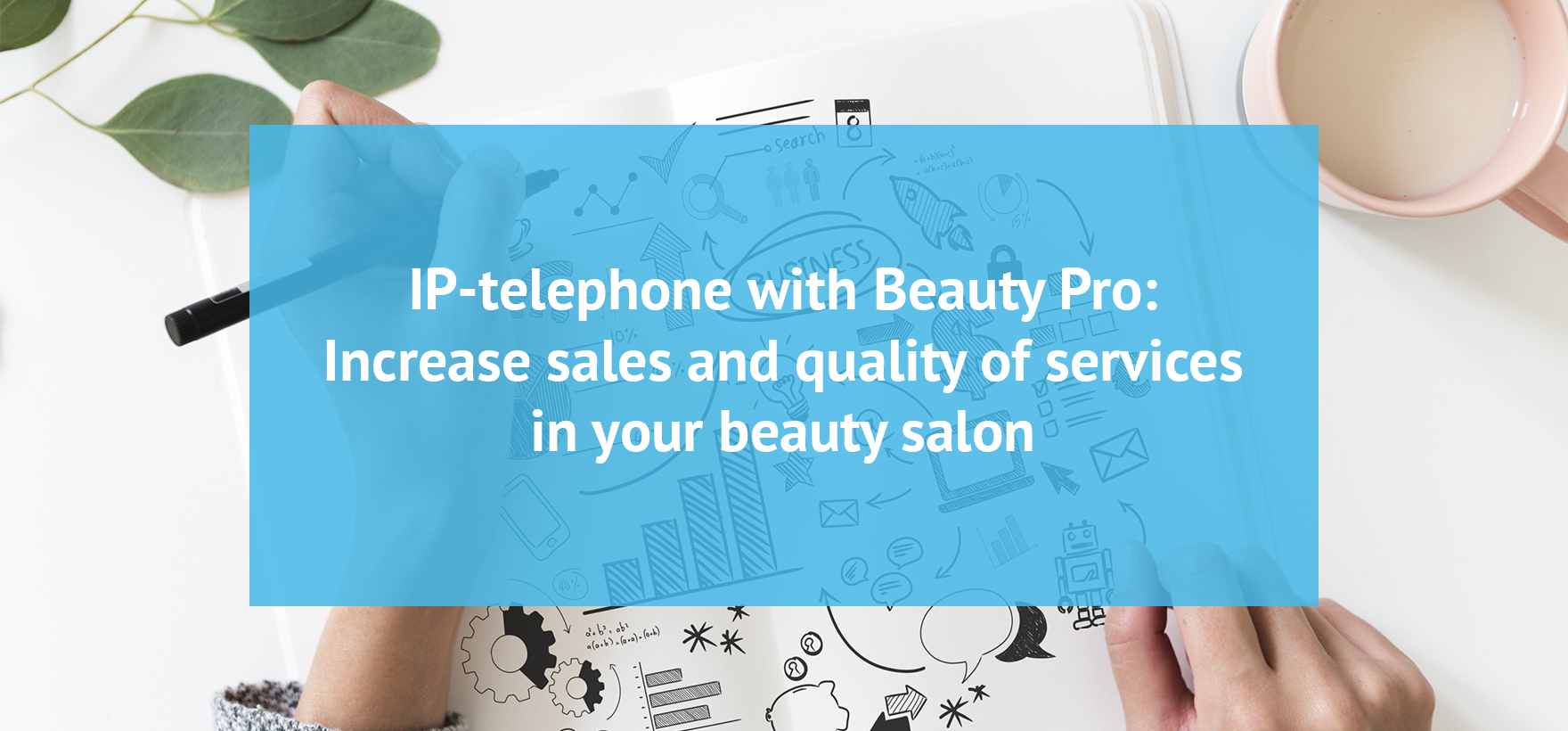
Hair Salon Regulations and Rules: What You Need to Know
 21541
21541
Customer service standards exist in every beauty salon, in one form or another. This could be a verbal instruction from the owner, an unwritten set of rules, job descriptions, corporate identity, etc. In the end, even greeting the clients with a cheerful “Hey!” is also sort of a standard.
Usually, though, the existing norms are chaotic and unorganized, and it’s just a matter of time for problems to arise when employees start to behave as they please. Have you ever considered how many clients you’re losing just because the administrator came to work not in the right mood? Keep in mind that your clients are much more conscious and demanding than you might think.
Of course, customer service at a small low-cost hairdresser’s will be different from that in the premium-class beauty salon. Yet, any client is looking for high-quality service, so if they can’t have it in one salon, they will find it at a competitor’s.
You can avoid this by clearly setting hair salon regulations and rules and teaching the staff to follow them. Here, you will find a step by step tutorial on how to do it effectively.
Stage 0. What is the purpose of standardization?

It’s easier to understand when you know what is going to change after you implement certain beauty salon rules and regulations. Regardless of your salon’s type or pricing segment, you will see that:
- The quality of your customer service has improved, while the new, guaranteed “brand service” is attracting new customers and adding to the number of regulars. As a result, your profit also grows.
- The sales are growing. When employees are trained to properly conduct a conversation, more phone calls will result in real visits and clients will be more likely to buy products and book repeat visits.
- Your salon’s brand identity has become more recognizable — positive atmosphere inside a beauty salon is contagious.
- The number of conflict situations inside the team has reduced significantly. Each employee knows their tasks and responsibilities, and can easily fill in for an absent co-worker, without unnecessary questions.
- New workers find it much easier to adapt and make fewer mistakes. Moreover, hair salon regulations and rules change the approach to the hiring process: employees that clearly won’t be loyal are screened out during the selection phase.
- Controlling the effectiveness of your employees becomes much easier; plus, clear criteria of evaluation are great for boosting motivation.
- It’s not only the clients who see that your salon is trustworthy and reliable but your suppliers as well.
Standardization requires some time: first, you need to develop the salon rules and code of conduct; then — motivate your employees to follow them. But all your efforts will pay off tenfold. Further, you will find a few tricks to help simplify the process.
Stage 1. Developing standards of customer service in a beauty salon

The code of conduct for hairdressing salon is a rulebook with explicit instructions that must be followed: what to say when you greet a client, what to offer during a service, what to say during a call, how to book a new appointment, and so on.
There are no guidelines for developing these standards. It wouldn’t be fair to use the “one size fits all” approach: rules for a high-end beauty salon, SPA or a high street cosmetology center would always differ in one way or another.
However, we still have the question of what exactly should these salon rules describe? Following are the main points you should consider.
Stages of customer service in a beauty salon:
- Booking an appointment and greeting the client;
- Initial consultation;
- Getting acquainted with the services and specialists;
- Algorithms of providing the services;
- Offering additional services and products;
- Completing the service and making payments;
- Booking a repeat appointment.
Communication with the clients:
- Incoming and outgoing calls;
- Offering a drink or answering questions;
- Resolving conflict situations;
- Making complementary gifts and giving testers;
- Conducting surveys;
- Working with feedback, including from your website and social media pages.
Staff appearance:
- Uniform clothing and shoes;
- Avoiding sharp perfume scents;
- A list of permissible and unacceptable gestures and manners;
- Hair, makeup, and manicure requirements.
Working instructions:
- Operating procedures of the administrators;
- Operating procedures of the professionals;
- Operating procedures of the client managers;
- Operation procedures of other specialists if needed.
Cleanliness and hygiene:
- Instructions on how to clean the salon, disinfect and sterilize the tools;
- Storage of tools and equipment;
- Preparation of the workstation;
- Cleaning the work, break, and restrooms;
- Sanitary conditions.
Internal schedule:
- Attendance records;
- Work and rest balance;
- Managing the client database;
- Working with the cash register;
- Fines and rewards system.
It seems complicated to account for every single detail, but it’s not a huge issue if you forget something. You can expand your hair salon regulations at any moment. While working with the rulebook you currently have, you can analyze and distinguish what really works for your salon and what doesn’t. The common principle is to define the most common cases and then uncover the secondary details.
Stage 2. Detailing and writing the rules

More than just writing the salon regulations on paper, you need to make sure that they are actually followed. How can you do that?
- Make reasonable demands. Every standard should be backed up with objective reasoning. Of course, you don’t have to explain yourself to the employees, but you will be more respected if your requirements are justified.
- Give straightforward instructions. Simple and specific instructions like “open the salon at 7.50 a.m.” are more comprehensible than just “open the salon on time” since they can’t have a double meaning.
- Set achievable conditions. Keep in mind that you are formulating salon rules for real people, not machines. If you can provide your employees with comfortable working conditions, they will strive you offer high-quality customer service rather than just doing what they’re told.
- Keep an open mind. Clients feel when you are sincere. And while it is good to have scripts for describing the most common situations, leave room for creativity and inspiration. This will make your salon more lively.
Try to involve your staff in the writing process. This way, they can share ideas based on their own experience with the customers and will be more susceptible to changes.
Stage 3. Implementing new standards

Ideally, the salon regulations for health and safety should be developed before opening your business. That way, you’re assembling a team that agrees with your requirements. However, when you have a well-established salon, new rules might be harder to implement.
Here are some suggestions on how you can make the transition faster and smoother:
- Explain, in simple terms, what exactly is going to change in the routine tasks;
- Rationalize each change so they don’t seem pointless;
- Welcome feedback and involve the staff in developing the standards, if it’s possible;
- Provide training, print out the instructions and other informational materials;
- Define the timeframe in which the changes will take effect;
- Motivate and reward good behavior, and don’t rush to issuing fines in the first few months;
- Replace the notebooks and Excel files with a CRM or salon software to account for all salon processes in one place.
Implementing the salon rules and regulations might take you anywhere from 2 to 5 months and it is useful to monitor that employees comply with your requirements. It’s not necessary to spring a test (although that is not a bad practice, especially for new employees) but you could randomly listen to the recordings of phone conversations with the clients, ask for feedback or use the “secret customer” service.
You can make the necessary changes in the standards later while monitoring if employees comply with the rules on practice.
Stage 4. Managing and correcting

It is much easier to implement new beauty salon health and safety regulations and manage your salon with Beauty Pro.
Beauty Pro is a salon management software system that simplifies and automates client and staff management, inventory management of backbar products and materials, setting up special deals, advertising campaigns, cash flow, and many other processes. All information about your salon is in one place, which allows you to focus on the main goal — organizing your salon business, inspiring teamwork, increasing customer satisfaction, and boosting profit.
Beauty Pro can help you evaluate the employee efficiency and work out new standards. For example, if one administrator can sell up to 20 shampoos to clients within a week and the other one sells none, you should figure out why. If it turns out the first administrator gives professional advice to clients about the shampoo, you could implement it as a standard.
Here are some of the other benefits you get in terms of implementing customer service standards. Beauty Pro helps you:
- Reduce the time required for performing routine tasks (e.g., booking appointments, searching for client’s contacts or personal information, selling services).
- Reduce the risk of employees stealing clients.
- Control employee performance (result-based).
- Spend less time and process the complaints and negative feedback more effectively.
- Set up rewards, fines, and salaries: they are calculated automatically.
- Have all the necessary reports at hand; for example, you can see which clients have become regular and how much did your profit increase.
Can you structure your business with Beauty Pro and work on the standards later? You most definitely can. And, you still get the aforementioned benefits. Try out the free demo version and our specialists will help you get acquainted with our software capabilities.

